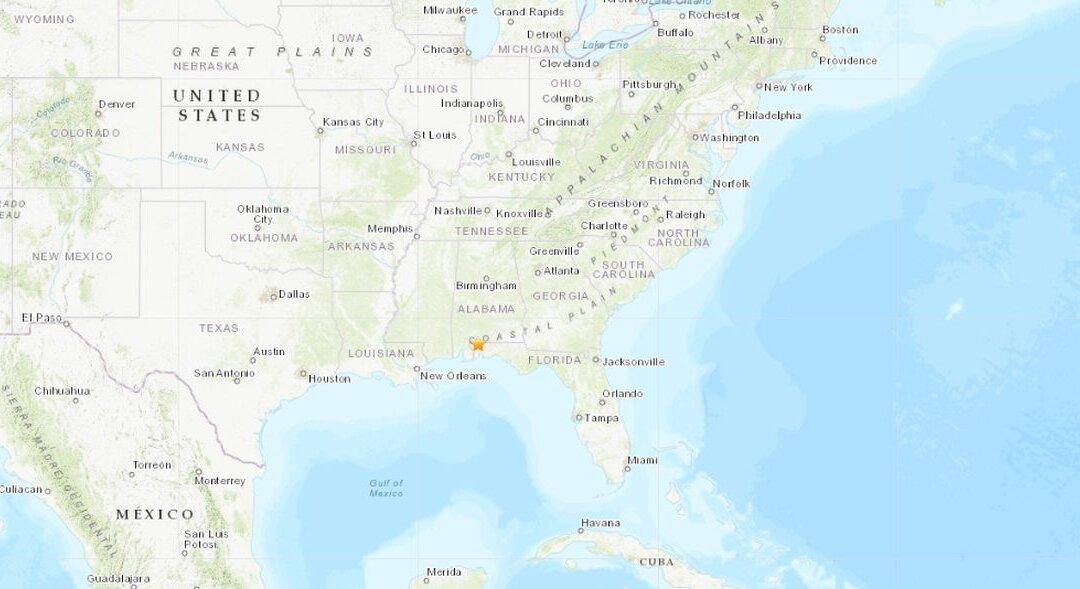Another small earthquake struck near the border separating Alabama and Florida, according to reports.
It’s the fifth earthquake to hit the area in March. Overall, there have been no injuries or damage in the quake, according to WESH-TV.


Another small earthquake struck near the border separating Alabama and Florida, according to reports.